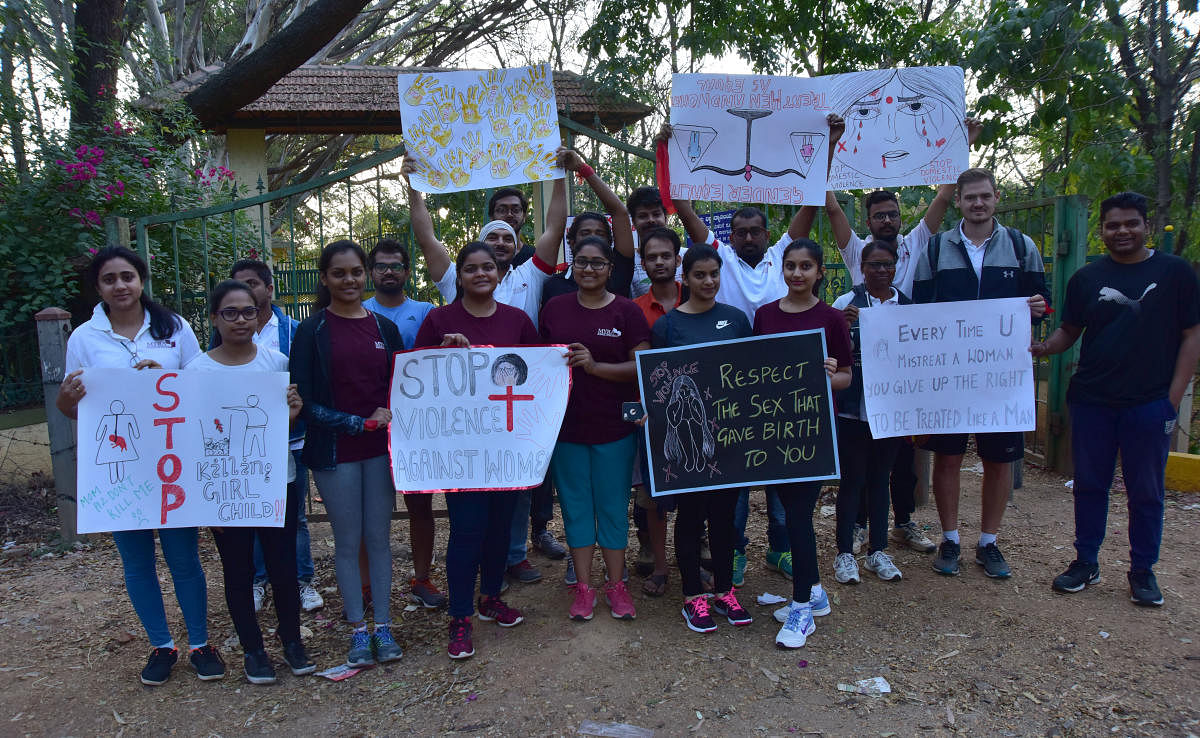
The clean chit given to the recent complaint of sexual harassment against the Chief Justice of India and the complete lack of natural justice principles followed in reaching such a conclusion is an opportune time to review what is happening to cases of violence against women and why we should be concerned.
If we are to examine different forms of violence against women, we can certainly say with confidence that we do have adequate legislation. The Protection of Women from Domestic Violence Act 2006 addresses all forms of domestic violence comprehensively. The Sexual Harassment of Women at Workplace (Prevention, Prohibition and Redressal) Act 2013 addresses sexual harassment at the workplace and lays down a clear procedure for filing complaints with an Internal Complaints Committee to be set up in every workplace.
Around the same time, the Criminal Law (Amendment) Act in 2013 brought about a wide range of criminal law reforms to make the offence of rape and sexual assault broader, to include aggravated forms of sexual assault and to recognise sexual violence in a comprehensive manner.
Yet, with all of these legislations, why are we still at this juncture where violence against women is increasing, basic procedures of inquiry are not followed and justice for women still remains elusive?
There are many reasons for this. While a number of laws and policies against violence are now in place, implementation is still lagging behind. The institutions and authorities implementing these laws have not understood the nature of violence and discrimination faced by women nor have they internalised the true objective of these legislations.
The rate of conviction is low
For example, even in the special fast track courts set up in Karnataka after the Nirbhaya rape case, the rate of conviction in cases of sexual violence and rape, as per the Report titled “Myth of Speedy and Substantive Justice” published by the Centre for Law and Policy Research, is only around 16.8%, when compared to the national rate of 25.5% conviction in rape cases, and trials take an average of 2-5 years. Hence, these special fast track courts are neither fast nor effective in practice.
Despite the prevention of sexual harassment law enacted in 2013, there are still many workplaces that do not have the Internal Complaints Committee set up for women to file complaints. When women do file complaints, the inquiry process is often botched up and not conducted properly.
When the Supreme Court of India itself does not follow the inquiry procedure laid down under this law, how can we expect other workplaces to follow it?
In cases where an Internal Complaints Committee does give a finding of sexual harassment, High Courts are quick to grant stay orders when such findings are challenged. Under the Scheduled Castes and Scheduled Tribes (Prevention of Atrocities) Act 1989, the 2016 amendments introduced a whole range of atrocities against scheduled caste and scheduled tribe women.
However, even in cases of gruesome violence, the time frame of the cases being completed in two months from the date of filing of charge-sheet as prescribed under the Act is not done. In fact, no district in the state has an Exclusive Special Court set up, with even Bengaluru having the largest number of crimes under the Act not having an Exclusive Special Court.
Legislation is important as laws convey the message that violence against women will not be tolerated. However, merely enacting legislation is not enough. There have to be measures taken to bring about effective implementation of these legislations. Such measures should include training of officials who handle cases of violence against women, the establishment of mechanisms for monitoring and impact evaluation as well as accountability and better coordination.
Presently there is not single violence against women legislation which is monitored so that the State can review their working and identify where the gaps are. If we are to look at the monitoring of the implementation of legislation, then committing adequate human and financial resources is also essential, which is not being done.
We have to recognise that violence against women and girls is a grave violation of their constitutional rights. It negatively affects women’s general well-being and prevents women from fully participating in society. Violence not only has negative consequences for women but also their families, the community and the country at large.
If we do not do enough to ensure that when violence does occur it is addressed adequately, perpetrators will continue with impunity and this will deter women from even using existing legislation. It is time that strong measures are taken if we really want our laws to work.